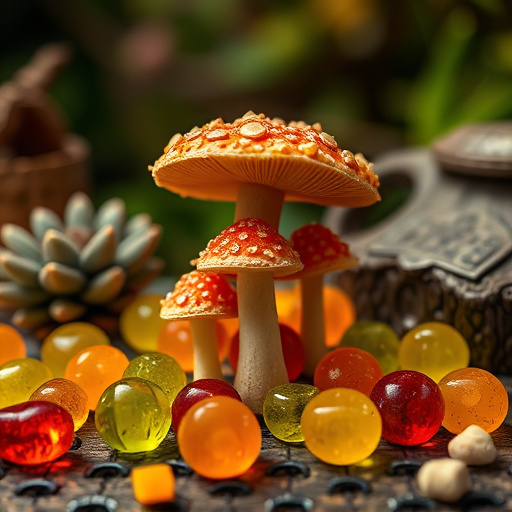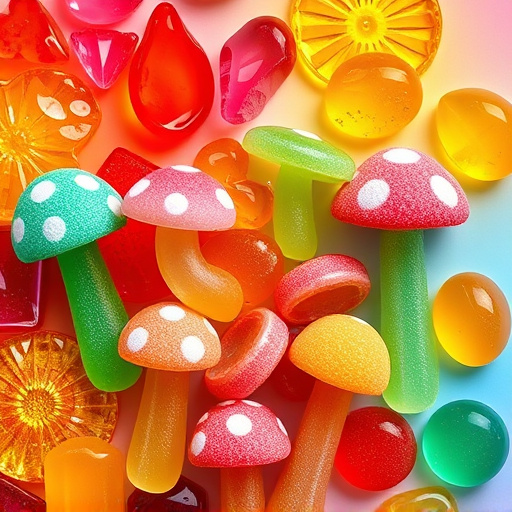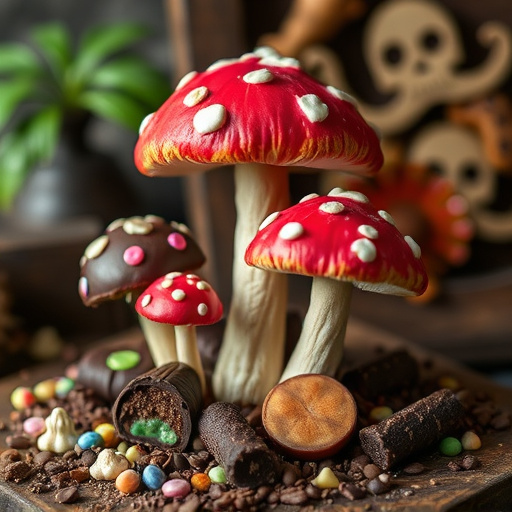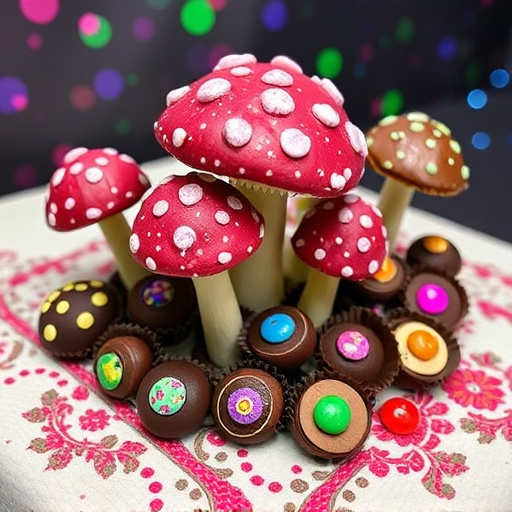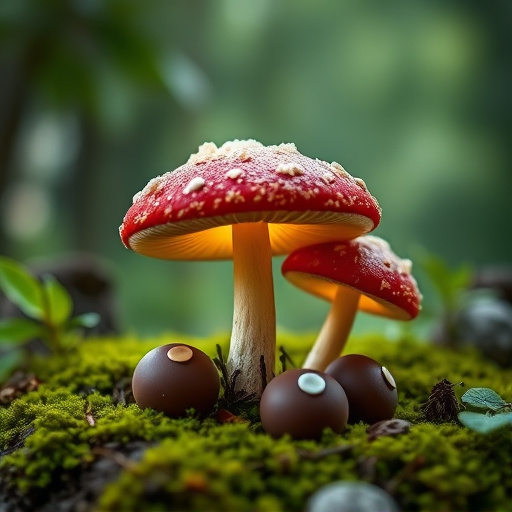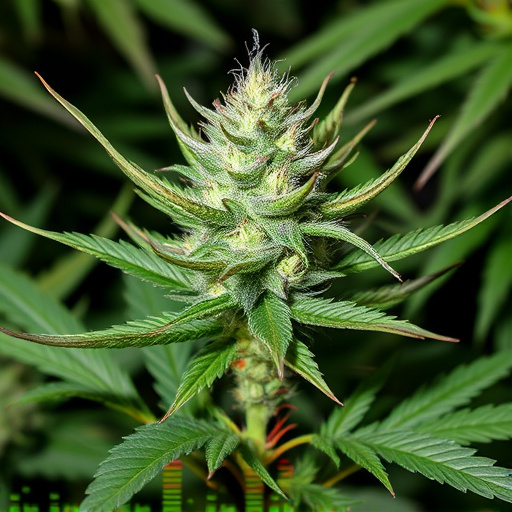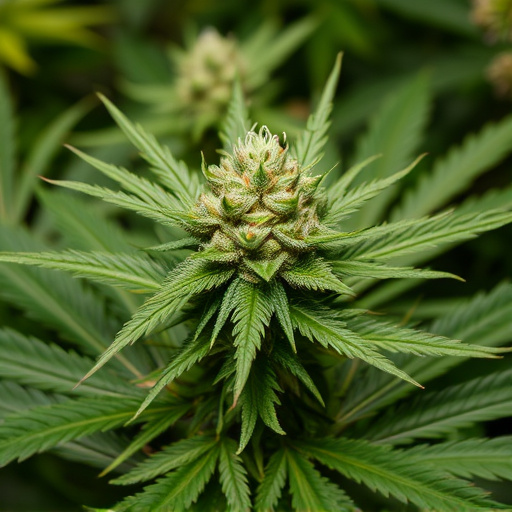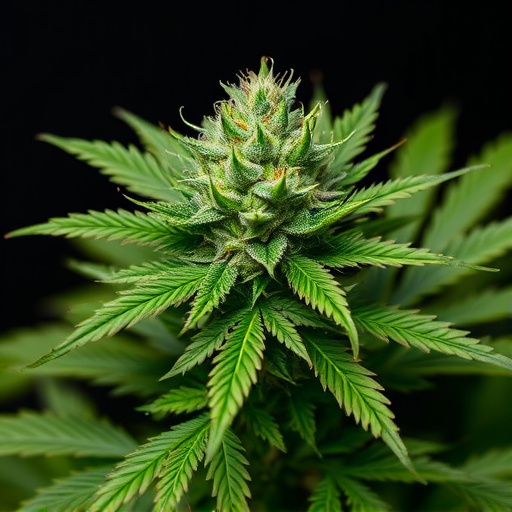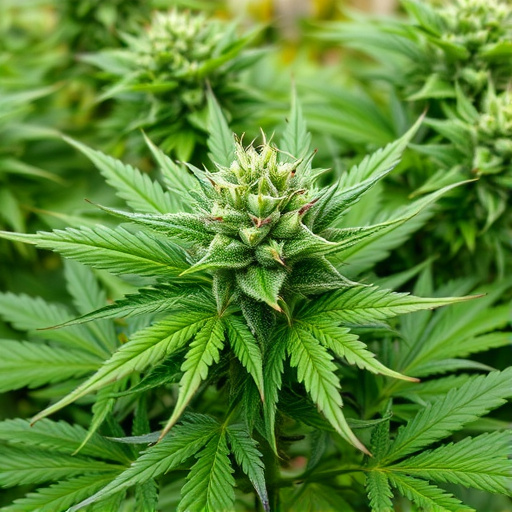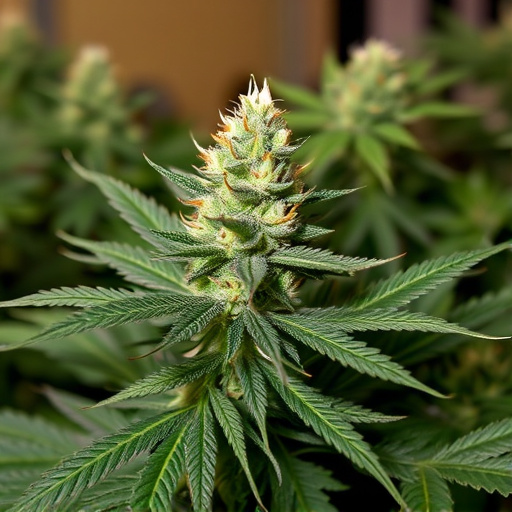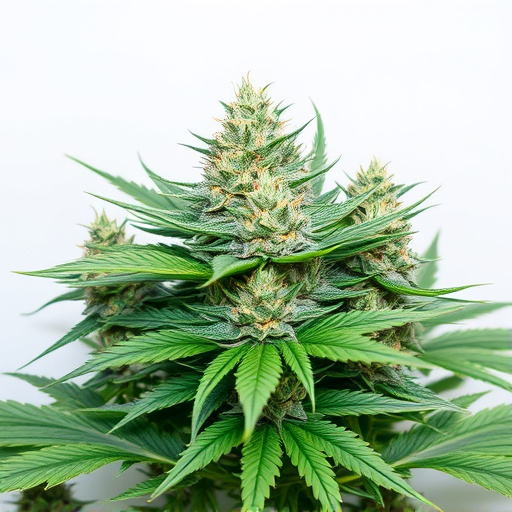Decarboxylation is a crucial step in preparing cannabis sativa strains for consumption, converting raw cannabinoids like THCA and CBDA into their activated forms THC and CBD through heat exposure. This enhances potency and bioavailability for various consumption methods. Key preparation steps include curing, trimming, breaking down buds, and grinding. Decarboxylation can be done at home using oven baking (220°F/105°C for 30-40 mins), slow cooker (6-8 hrs on low), or vaporizer (350–410°F/175–210°C) to maintain aroma and flavor.
Discover the art of decarboxylating cannabis flower to unlock its full potential. This process, essential for extracting potent cannabinoids like THC and CBD, involves transforming raw flower into a more bioavailable form. Learn how to prepare your favorite cannabis sativa strains at home using effective methods tailored to their unique characteristics. By understanding decarboxylation, you’ll gain control over your consumption experience, ensuring optimal effects and flavor.
- Understanding Decarboxylation: The Process and Its Purpose
- Preparing Cannabis Flower for Decarboxylation
- Effective Methods to Decarboxylate Cannabis Sativa Strains at Home
Understanding Decarboxylation: The Process and Its Purpose
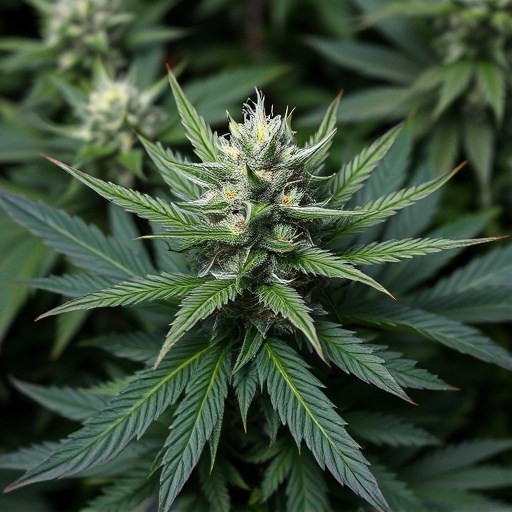
Decarboxylation is a vital process for preparing cannabis sativa strains for consumption, whether through smoking, vaping, or ingestion. It involves heating the raw cannabinoids present in the plant material to convert them into their activated forms, primarily THC (tetrahydrocannabinol) and CBD (cannabidiol). This transformation is crucial as it enhances the potency and bioavailability of these compounds, making them more effective when entering the body.
The process mimics the natural aging or curing that occurs in cannabis plants over time. When cannabis flowers are harvested, they contain raw cannabinoids, including THCA (the acid form of THC) and CBDA (the acid form of CBD). By applying heat through various methods like oven baking, decarboxylation activates these acids, turning them into their neutral forms, THC and CBD. This ensures that when you consume or vaporize the treated cannabis, it delivers a more potent and enjoyable experience, unlocking the full potential of its therapeutic properties for users looking to reap the benefits of specific cannabis sativa strains.
Preparing Cannabis Flower for Decarboxylation
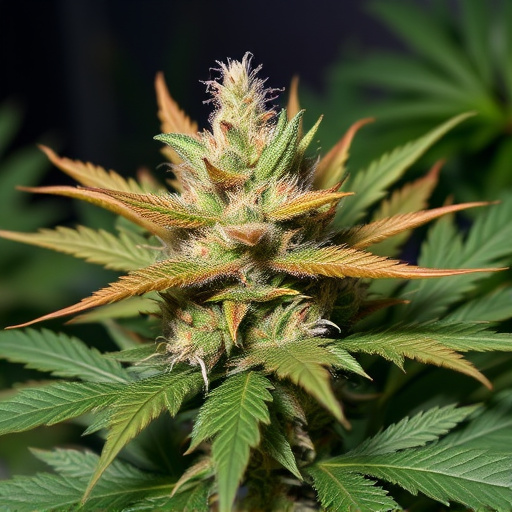
Preparing your cannabis sativa strains for decarboxylation is a crucial step in maximizing the benefits of this powerful plant. Before beginning the process, ensure your cannabis is properly cured and trimmed to remove any excessive resins or leaves. Curing allows the cannabinoids, such as THC and CBD, to mature and reach their full potential. Proper trimming facilitates even heating during the decarboxylation process, ensuring consistent activation of the compounds without burning.
Once your cannabis flower is ready, break down the buds into smaller pieces or use a grinder designed for herbs. This step increases the surface area, allowing for more efficient exposure to heat during decarboxylation. By preparing your cannabis in this manner, you can achieve a smoother, more evenly activated final product, ideal for various consumption methods like edibles, tinctures, or vaporization.
Effective Methods to Decarboxylate Cannabis Sativa Strains at Home
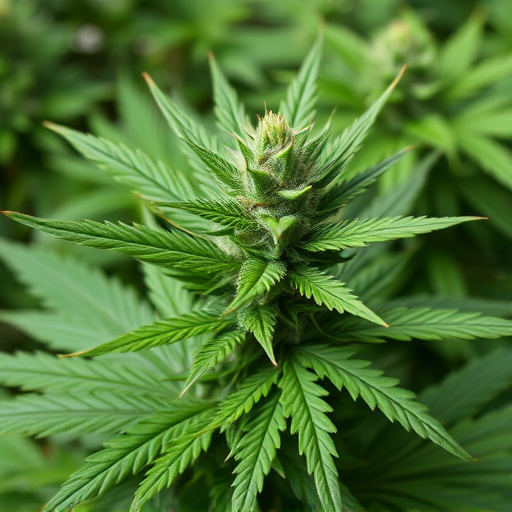
Decarboxylation is a vital process for activating the compounds in cannabis sativa strains, ensuring their therapeutic benefits are accessible. There are several effective methods to decarboxylate your favorite cannabis sativa strains at home, offering a convenient and cost-friendly alternative to commercial options. One popular method involves using an oven. Preheat it to approximately 220°F (105°C), place your ground cannabis on a baking sheet, and bake for about 30–40 minutes, stirring occasionally to prevent burning. This method maintains the flower’s aroma and flavor while effectively decarboxylating it.
An alternative is using a slow cooker, which provides gentle heat over an extended period. Add ground cannabis to the slow cooker with a small amount of oil or butter, ensuring it’s evenly distributed. Set it on low for 6–8 hours, allowing the process to happen slowly and steadily. This method is ideal for those who prefer a more hands-off approach. Additionally, vaporization is another successful technique. Utilize a vaporizer designed for cannabis, setting it to an optimal temperature range (around 350–410°F or 175–210°C). Inhaling the vapor activates the compounds without combustion, preserving the plant’s aromatic profile.
Decarboxylating cannabis flower is a vital step in preparing cannabis sativa strains for consumption, ensuring optimal potency and effects. By understanding the process and employing effective home methods, you can unlock the full potential of your plants. Whether through oven heating, air oxidation, or specialized equipment, these techniques allow you to enjoy the benefits of decarboxylated cannabis with confidence, knowing you’ve achieved a perfect balance of cannabinoids for a satisfying experience.
